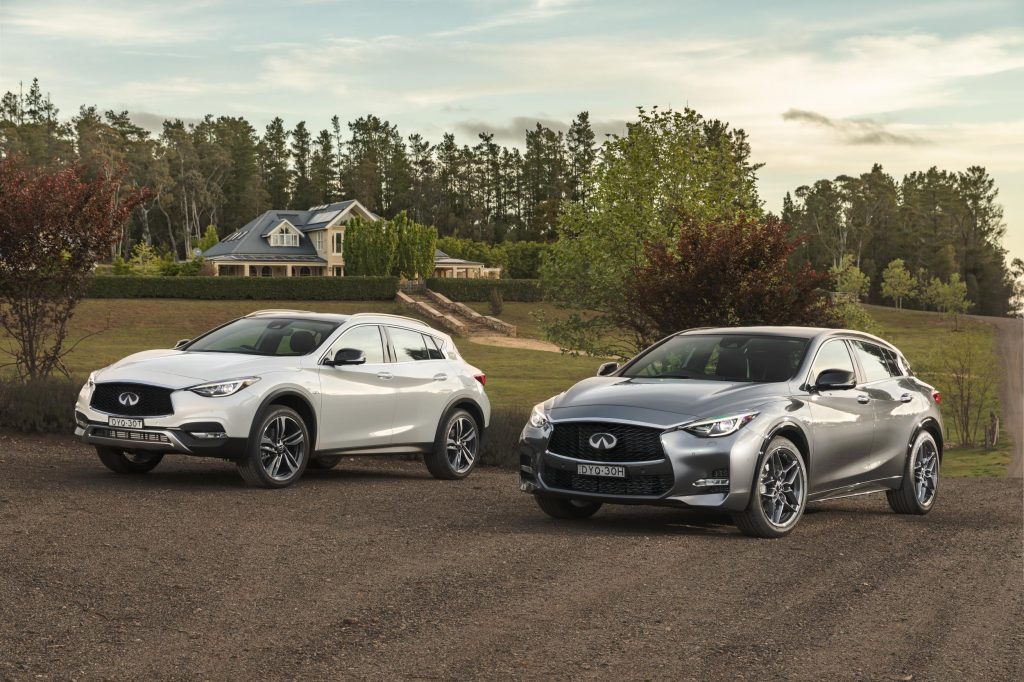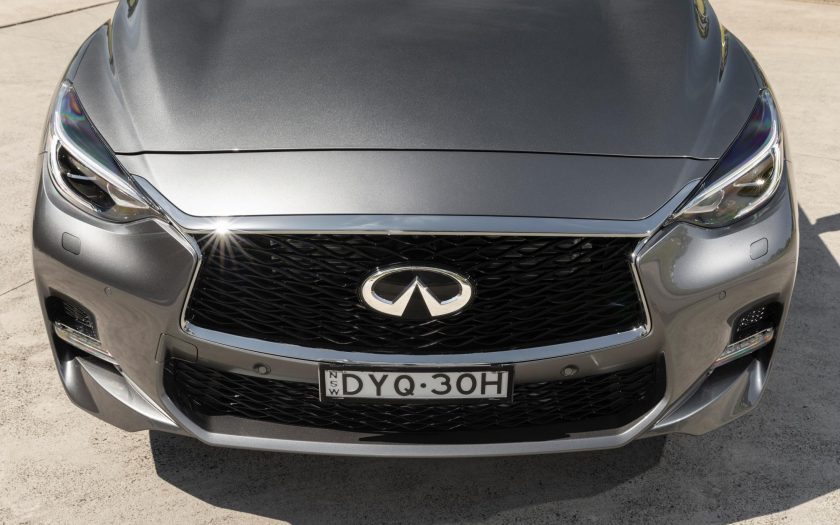IT DOESN’T TAKE a marketing guru to see that the Australian market simply has too many brands (at least 55 at last count) competing for too few buyers, especially since 2019 has seen a marked downturn in new car sales.
The luxury division of the Japanese auto giant, Nissan, Infiniti is not the first to admit defeat and quit the Australian market, although it does have the rare honour of doing it twice!
Nissan first tackled the Australian market, creating barely a ripple in the 1990s. It tried again in 2012 with barely more success. It has now declared that it will close its Australian operation by late 2020 to focus on the Chinese and US markets.
In its seven years in Australia, it sold around 4000 cars, certainly well below critical mass.
Industry insiders (including motoring journalists) were taking bets on which would be the next company to pull out of Australia, and there are still a number of candidates.

Infiniti’s timing, in many ways, couldn’t have been worse. When Lexus entered the Australian market with the LS 400 in 1989 Mercedes-Benz was treating many of its customers with barely concealed contempt and the styling at the time was dowdy and uninspired. BMW was still something of a niche player in the luxury market and Audi sales barely rated. The time was right for a company that promised a new era for luxury car buyers and even though Lexus started slowly, it steadily built both a reputation and a market.
By contrast, Infiniti relaunched in Australia in 2012. Mercedes-Benz were at the top of their game and conquering markets in new sectors, BMW had become an aspirational brand, Audi was selling as many cars as they could get and any superfluous sales were being picked off by a confident and strong Lexus.
Those who fell by the wayside
- Opel
Nobody could understand why GM wanted to launch Opel in Australia. The thinking appeared to be that the German brand had been a success in every market where VW was strong, and Australia was a very strong VW market. Also helping the decision was dwindling sales in markets where Opel had been strong – the Southern European markets (Portugal, Spain, Italy, Greece). Opel pulled out of Australia in 2013 after just 11 months. General-Motors sold Opel to the Peugeot-Citroen Group in 2017.
- Cadillac
GM pulled the Cadillac from Australia before it even went on sale. The plan was to start a G-M luxury brands stable (including Hummer) but various dealers were left red-faced and out of pocket when the plans were withdrawn.
- Dodge
The Dodge brand has been around in Australia and once adorned the Australian-built Chrysler ute. Launched as a standalone brand in 2006, it never looked like succeeding, especially since there were no right-hand drive versions of the Doge Charger or RAM trucks. RAM trucks are still here and selling strongly, but calling them Dodge RAMs elicits a quick rebuke from the PR.
- Rover
Once the default choice of doctors and upwardly mobile middle class managers, the respected British brand departed our market when the parent company went belly up in 2005. It was bought by Chinese auto giant SAIC and renamed Roewe (which, when spoken aloud, sounds just like Rover).
- Proton
The Proton is a big seller in its home market of Malaysia, but only because it enjoys strong tariff protection and government support. It tried to convince Australians that Lotus suspension development made it a bargain-basement sports saloon. It wasn’t.
- Daihatsu
Daihatsu was a popular brand in Australia, selling well-designed and well-built small cars from the 1970s until 2005. Toyota took a 100 percent shareholding and the brand disappeared from local shores in 2006, leaving Toyota to pick up warranty claims and spare parts supply.
- Daewoo
The Korean brand Daewoo had high hopes when it launched in Australia in the 1990s. It did moderately well until GM bought the business in the early 2000s and then retired the brand name in Australia, rebadging various Daewoo models as Holdens.
- SAAB
Perhaps the saddest loss to the Australian car market and, eventually, the world car market, was the demise of innovative and quirky Swede SAAB. Before going into administration in Australia in 2011, the brand had a bewilderingly wide range of models on offer, and sold minuscule numbers of each – a sure-fire way to go broke. Part of the problem was that SAAB had a loyal and well-defined customer base (with more than its fair share of architects, apparently), but when GM bought a 50 percent stake in 1989 (and full ownership in 2000), they tried to widen the brand’s appeal. All they achieved was to alienate the traditional buyers and not attract very many new buyers.
